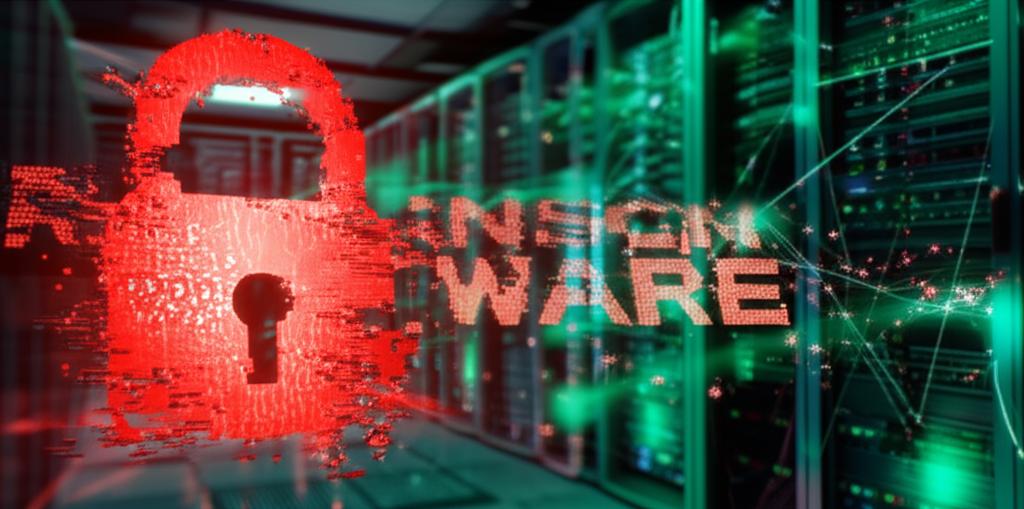Do’s and Don’ts for Ransomware: A Comprehensive Cybersecurity Guide
Understanding Ransomware: The Digital Hostage Crisis
Ransomware has evolved into one of the most insidious cyber threats facing individuals and organizations worldwide. It’s a type of malicious software that encrypts your files or locks your computer system, demanding a ransom (usually in cryptocurrency) in exchange for decryption or access. The consequences of a ransomware attack can be devastating, leading to significant financial losses, reputational damage, and operational downtime. Understanding how to prevent and respond to these attacks is crucial in today’s digital landscape.
The DO’s: Proactive Prevention & Smart Response
Implementing a robust cybersecurity strategy is your best defense against ransomware. Here are the essential actions you should take:
1. Regularly Back Up Your Data
- Off-site and Offline Backups: Maintain multiple backups of all critical data. Ensure at least one backup is stored offline or in an immutable cloud storage solution, inaccessible to your network. This is your ultimate lifeline if systems are encrypted.
- Frequent Testing: Regularly test your backup recovery process to ensure data integrity and a swift recovery in case of an incident.
2. Keep Software & Systems Updated
- Patch Management: Apply security patches and updates for all operating systems, applications, and firmware as soon as they are released. Attackers frequently exploit known vulnerabilities.
- Endpoint Protection: Use and regularly update antivirus and anti-malware software on all endpoints.
3. Implement Strong Authentication & Access Controls
- Multi-Factor Authentication (MFA): Enable MFA for all accounts, especially for remote access, email, and critical systems.
- Principle of Least Privilege: Grant users only the minimum access rights necessary to perform their jobs.
4. Educate Your Employees
- Security Awareness Training: Conduct regular training sessions to help employees recognize phishing attempts, suspicious emails, and other social engineering tactics often used to deliver ransomware.
- Simulated Phishing Tests: Periodically run phishing simulations to assess and improve employee vigilance.
5. Secure Your Network
- Network Segmentation: Divide your network into smaller, isolated segments to limit the lateral movement of ransomware if an attack occurs.
- Firewall Configuration: Configure firewalls to restrict access to critical systems and block known malicious IP addresses.
- Intrusion Detection/Prevention Systems (IDPS): Deploy IDPS to monitor network traffic for suspicious activity.
6. Develop an Incident Response Plan
- Preparation is Key: Create a detailed plan outlining steps to take before, during, and after a ransomware attack.
- Designated Team: Assign roles and responsibilities to an incident response team.
- Communication Strategy: Establish clear communication channels for internal and external stakeholders.
7. Report Attacks
- Contact Authorities: If you become a victim, report the attack to relevant law enforcement agencies (e.g., FBI, Cybersecurity and Infrastructure Security Agency – CISA in the U.S.). This helps in tracking threat actors and improving collective defense.
The DON’Ts: Mistakes to Avoid
While prevention is paramount, knowing what not to do when faced with a potential or active ransomware attack is equally important.
1. Don’t Pay the Ransom
- No Guarantee: There’s no assurance that paying will restore your data, and it encourages further criminal activity.
- Support Criminals: Paying funds criminal enterprises, enabling them to launch more attacks. Focus on recovery through backups.
2. Don’t Click on Suspicious Links or Open Unknown Attachments
- Phishing Trap: These are primary vectors for ransomware delivery. Always verify the sender and legitimacy before interacting.
3. Don’t Ignore Security Warnings or Updates
- Vulnerability Exposure: Delaying updates leaves your systems exposed to known exploits that ransomware can leverage.
4. Don’t Connect Infected Devices to Clean Networks
- Prevent Spread: Isolate any potentially infected device immediately to prevent the ransomware from spreading to other systems.
5. Don’t Delay Incident Response
- Time is Critical: The longer ransomware remains active, the more damage it can inflict. Act swiftly according to your incident response plan.
6. Don’t Rely on a Single Backup Strategy
- Redundancy is Key: A single point of failure can render your backups useless. Implement the 3-2-1 backup rule (3 copies, on 2 different media, with 1 copy off-site).
Conclusion
Navigating the threat of ransomware requires a proactive and informed approach. By adhering to these essential Do’s and Don’ts, organizations and individuals can significantly reduce their risk of falling victim to these pervasive cyber attacks. Continuous vigilance, robust security practices, and a well-rehearsed incident response plan are your strongest allies in the fight against ransomware.







